American History, The Civil War and The Emancipation Proclamation
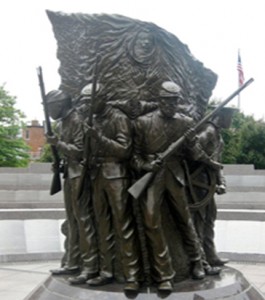
For American history buffs, 2012 is a significant year in our nation’s history. It marks the 150th anniversary of the Civil War. If an American history road trip is a part of your fall travel plans, consider a visit to these locations.
WASHINGTON, DC
In Washington DC a nine-foot bronze sculpture stands at an entrance to the U Street/Cardozo Metro Station. This monument is The Spirit of Freedom, dedicated to the United States Colored Troops, those African American men who were prohibited from joining the Union Army until 1862. If you’ve seen the movie Glory, you’ll remember Morgan Freeman, Denzel Washington and the stellar cast that portrayed a regiment of these men. The front of the monument depicts three African American infantry soldiers and one sailor. The back of the sculpture shows a family gathered to send a son off to war. Surrounding the Spirit of Freedom on three sides, the burnished stainless steel Wall of Honor holds the names of 209,140 USCT soldiers taken from the official records of the United States Colored Troops at the National Archives.
At 1925 Vermont Avenue, NW, directly across from the monument, the African American Civil War Museum continues the tribute to the United States Colored Troops. The mission of the Museum is to tell the story of the USCT through exhibits, photographs, artifacts, lectures, and volunteer re-enactors. Another avenue of bringing African American history to life is the Museum’s Descendant’s Day. On the first Saturday of each month a descendant of a United States Colored Troop soldier highlights the search for their ancestor and tells the story of his service during that “The Glorious March to Liberty” and freedom.
For more information on the Spirit of Freedom, and African American Civil War Museum tours, programs, exhibits and lectures visit The African American Civil War Museum
GETTYSBURG, PENNSYLVANIA
From July 1-3, 1863 the small Pennsylvania town of Gettysburg was the site of the battle referred to as the “High Water Mark of the Rebellion.” It sent Robert E. Lee’s Army of Northern Virginia back to the state in defeat and marked the beginning of the end for the Confederacy. The Battle of Gettysburg was also the bloodiest, claiming 51,000 casualties. In 1864, the Gettysburg Battlefield Memorial Association was formed to preserve a portion of the battlefield as a memorial to fallen Union soldiers. It became known as the Soldier’s National Cemetery. At the dedication of this resting place, Abraham Lincoln delivered The Gettysburg Address, one of the most memorable and often-recited speeches in American history.
Now the National Park Service Museum and Visitor’s Center serves as a gateway to the exhibits, tours and multimedia displays that make up the Gettysburg National Military Park. These include relics from the battlefield, photographs, and the film “A New Birth of Freedom” narrated by Morgan Freeman. Beginning on September 21 and continuing over a number of days until September 28, the museum features “A History of the Emancipation Proclamation.” Included in the exhibit is a copy of the Emancipation Proclamation signed by Abraham Lincoln, a copy of the Thirteeenth Amendment with signatures of Congressmen and Senators who supported its passing and two traveling exhibits: “Abraham Lincoln: A Man for All Times” and “Free at Last:A History of the Abolition of Slavery in America.” A lecture, “Rebelling for the Promise of Revolution: Black Emancipation and the Civil War” will also be delivered on September 28.
For more information on prices, tours, and Living History Weekends that feature infantry and artillery re-enactors, visit The Gettysburg National Military Park.






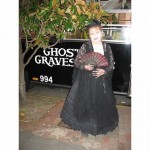
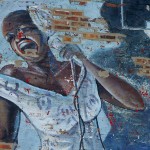

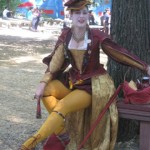
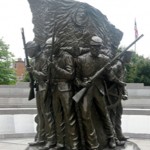

Leave a Reply